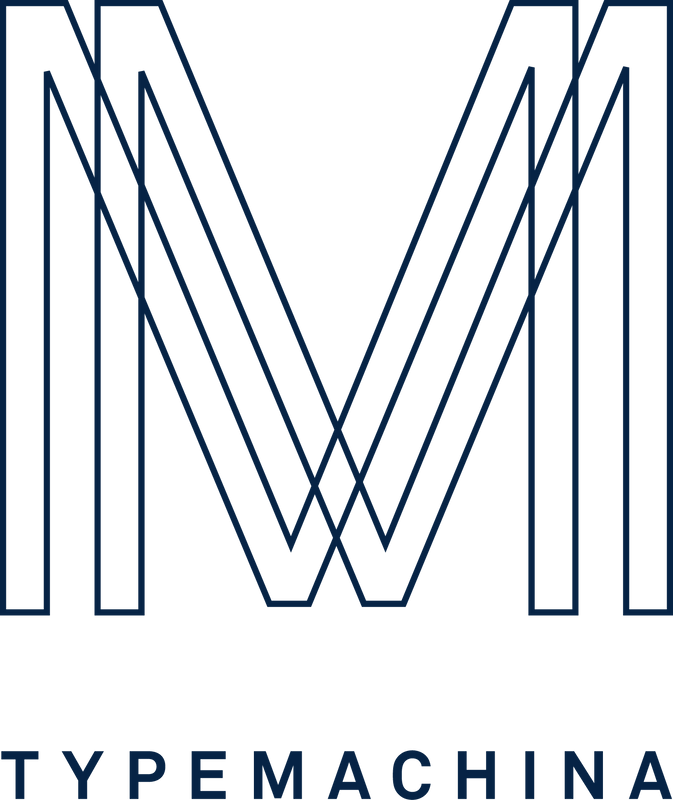When I first started venturing into the keycap hobby, I only wanted novelty keycaps. Novelty keycaps are fun add-ons to the set. The only available ways to obtain Novelty keycaps were through group buys from Signature Plastics and China (Gateron). Novelty keycaps were not enough for me, and I wanted to change the way my keyboard looks. I started to look for full keysets. I looked at a few sets I wanted, CCnG and Graphite, but these keysets were rare in the United States. They were only available in South Korea.
Because they were highly sought after in the US, I started talking to the person who created these sets. I brought in 15-20 sets to the US. Sets were becoming popular, and people started to design more and more sets, SoWaRe, Red Alert, etc.. All these sets were made by Signature Plastics in the DCS Profile. Tsangan, a geekhack user, wanted to replicate Cream Cheese n Green. The problem was that he couldn't replicate the exact same set since the molds (of the font) were owned by iomania. The community decided to use the WYSE font, and it was actually more favored. I was so caught up with the colors that I did not even realize how important the font was.
Even after a longer while, I wanted more old school. I then looked into Cherry keycaps. I didn't think much of it, but I bought a brand new white on black set. Boy, these were some of the most crisp legends I've ever seen. The boldness, contrast, thickness, etc. These were it, the holy grail of all keycaps. It was addiction at first site, I wanted more of it, but where can I get more?
Sixty of keyboardporn had one of the greatest collections of Cherry keyboards and keycaps. I looked up to this guy, the blog and the collection. It took me a long while to get here, but I had talked to Ed of ZF (the company that acquired Cherry), and he told me that GMK recently purchased the molding tools from Cherry. I got a few samples, and I made an order of all the sets that I wanted but could not obtain: Classic Beige, Olivetti, Dolch, Skidata, Red Esc, and the RGB keys.
TYPES OF PLASTIC:
ABS
The most basic plastic for all keycaps. These come with your average keyboard keycaps.The plastic is very soft (bend when hit hard) and they feel smooth. The printing methods for ABS are Double-Shot, Pad Printing, UV Printing, Lasering, Engraving, Pad Printing & Coating, etc.
PBT
PBT is known to be a better plastic than ABS. PBT is better in the way it feels and because it never shines after long usage. Most PBT keysets can be found in the aftermarket. They come stock on a few keyboards (ie: Ducky, Pok3r, HHKB, and Realforce). This plastic is hard and has a more textured touch. The popular printing method is Dye-Sublimation. Only more recently, Double-Shot has been used with PBT keycaps to give a more crisp legend. PBT double-shot also allows the use of light legends on a darker base color. This is something that cannot be done with dye-sublimation.
POM
The most least common plastic used in keycaps. These keycap are very durable, but are very slippery. The most popular printing method is laser.
TYPES OF PRINTING:
Double-Shot
The double-shot method is when there are two different color plastic used. The second plastic is shot into the first mold to fill up the space of the keycap. The printing becomes very crisp since it fills up all the space. The versatility of double-shot allows for any two colors to be used, but it does not allow three different colors. The only way three different colors would work is through triple-shotting. Triple shot is not something people would do due to molding and labor costs.
Dye-Sublimation
Dye-Sublimation method is very labor intensive. A paper is printed with the legend, then the keycap is heated onto with the special paper. This process is mostly used on PBT, but the cost is very high due to the manual labor required for the method. Dye-sublimation printing must use a darker legend on a lighter base.
Pad Printing & a coating
Pad printing is mostly used on ABS. It is the most common type of printing due to its cost. The process is done by taking a pad with ink that is pressed onto the keycap. The problem with pad printing is that it form its own layer, so the legend can be worn off with long use. GMK provides a clear coat onto the pad print, so the legend can last longer. The clear coat is not permanent, and only increases the longevity. The benefit of pad printing is its versatility. Any color or font can be used to add onto the keycap.
HEFT & THICKNESS:
Heft
The weight of the keycap can change your typing experience. If the weight is heavier, its possible that it helps you press on the switch easier. An aluminum keycap might make it really easy to press on the switch, but you might not get the full experience and touch. A thick plastic keycap is a medium between being too heavy and too light. The heft of a keycap definitely alters the sound.
Thickness
When looking for a keycap, you are looking for something that is well-balanced. Some people might believe that thinner keycaps will cause less stability.
Profile
Legends
The printing on your keycap is mainly personal preference. Some people might like the sharp edges on a gaming keyboard. Other might prefer very forward thin lines. Some classic ones can be found on an IBM Buckling Spring or a Cherry keyboard. The Cherry font is one with a very bold font.
TO BE CONTINUED...
